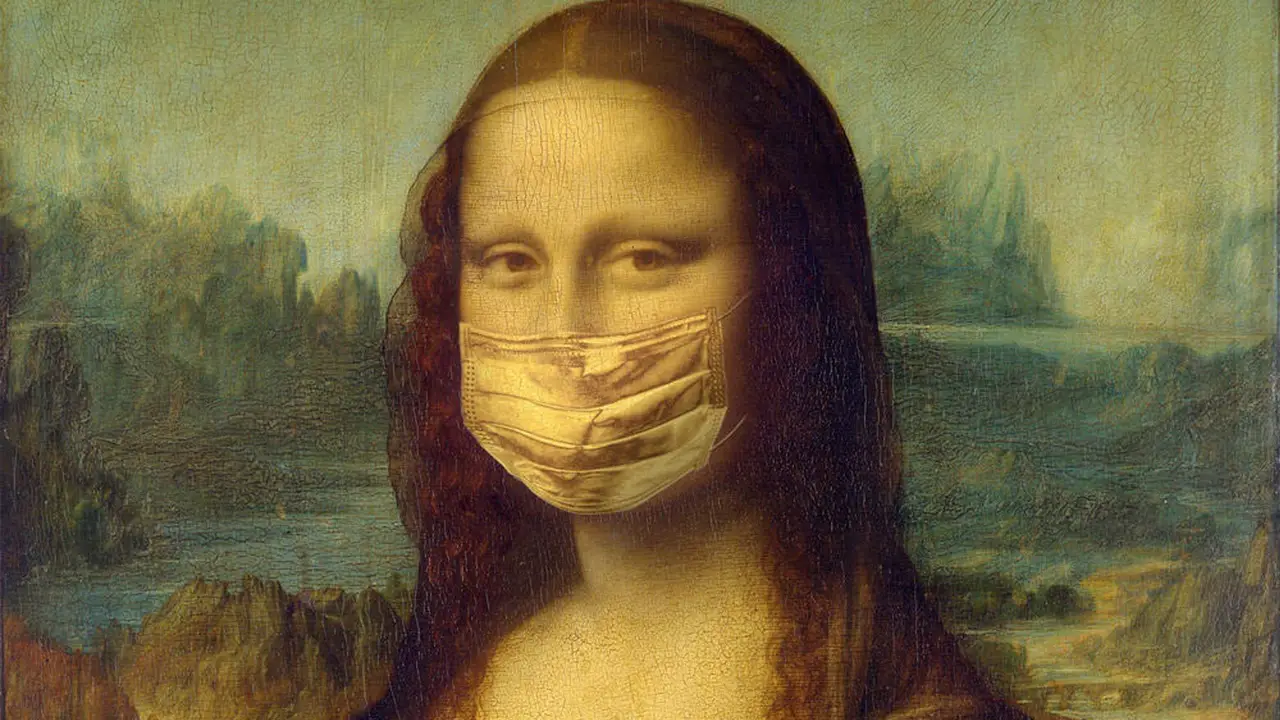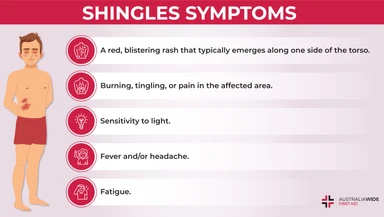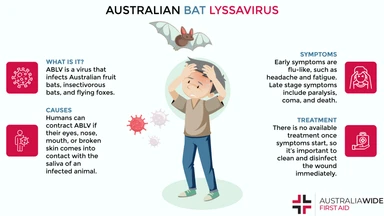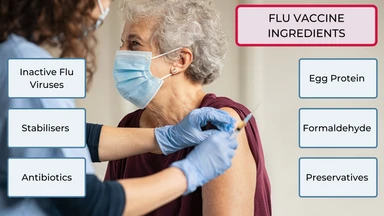Best COVID Mask for First Aid?


PPE — Personal Protective Equipment — plays a defining role in defending against the spread of COVID-19.
Any protection is better than none. And some protection is better than others.
The types of PPE available for those in the first aid and medical sectors include:
The PPE you use when delivering first aid will depend on what’s available at the time, the nature of the hazards you and others are faced with in the circumstances, and your budget.
The recommended mask for anyone exposed to viral infection is the P2/N95 face mask, also known as the P2/N95 respirator. It is designed to filter the air before it enters the body, effectively blocking particles within the specific size range that applies to the Coronavirus.
The P2/N95 mask will also filter smoke, gases, vapours and dust particles. It made a big impact in Australia during the horrendous bushfire season we experienced before COVID.
The ability for this mask to reduce exposure to contagious airborne viruses, including the Coronavirus depends on how you wear it.
It’s important when wearing the N95 mask, to check that it seals firmly over your nose and around your mouth. This is something you can determine by inhaling. The mask should suction tightly to your face. If it’s not sealing correctly it will leak where it should tighten.
Wearing the best PPE in the world won’t help if it isn’t fitted properly.
Another type of protective mask, the surgical mask is loose-fitting compared to the P2/N95 mask, and a disposable type.
Surgical masks are generally worn by medical staff.
Despite the disposable surgical mask’s loose fit, it will still act as a barrier against aerosols from a patient’s breath or when they cough. Wearing one can certainly go some way toward helping prevent airborne transmission of disease, including viruses.
As mentioned earlier, any form of protection during the COVID-19 pandemic is better than none at all.
Face shields are another form of barrier and come in various lengths. They are designed specifically for situations in which blood or bodily fluids are a risk.
This form of protection, while not sealing off the nose and mouth in the way a mask would, can still be effective against aerosol infection. Children might prefer wearing a face shield rather than a mask.
With their clear visors, face shields offer maximum visibility and can be worn with or without other eyewear.
A range of products can be used — even smearing inside the shield with dish-washing liquid — to prevent the shield fogging up.
Yes, there is evidence of COVID-19 infecting medical staff through their eyes. Our eyes are vulnerable to many viruses, including COVID-19.
Medical goggles are worn in infection control at hospitals. This type of eyewear is designed to protect the eyes from aerosolised and other particles and is effective in guarding the wearer’s health and safety in close contact situations.
Disposable gloves are invaluable.
You’ll also notice medical staff wearing disposable aprons and surgical gowns over their clothes to avoid blood and other bodily fluids coming in contact with the skin.
Whether for first aid or other medical treatment, carefully dispose of PPE gear — gloves, masks, aprons and gowns included — to ensure that transmission of viruses and diseases is properly managed.
The best recommendation, not just for health workers, is good hand hygiene. Wash your hands thoroughly and regularly. Use hand sanitiser on other occasions.
Close-up contact should be kept to a minimum. Where close contact can be avoided, stay about a body-length (1.5m) away from the nearest person (unless of course that person is your partner).
Social distancing, PPE and hand hygiene all play important roles in reining in the spread of Covid-19.
You give yourself the best chance of staying COVID-safe by following these recommended procedures, especially wearing PPE if you’re providing first aid or medical treatment.
Australia Wide First Aid is a leading training organisation, specialising in first aid courses for individuals and groups. Our trainers are well versed in COVID-19 safety.
October 28, 2022
Shingles is a viral infection that can occur in anyone who has had chickenpox. It's most distinct symptom is a painful, blistering rash that occurs on one side of the body. Without prompt treatment, shingles can have life-threatening complications.

August 4, 2022
The Australian Bat Lyssavirus (ABLV) forms part of the same family as the rabies virus. ABLV infects all four species of fruit bats and flying foxes in Australia. In humans, ABLV can cause respiratory difficulties, coma and, in most cases, death.

June 10, 2022
Flu viruses can change their surface structure from one year to the next. As such, new flu vaccines are developed each year. Flu vaccines comprise numerous ingredients that aid their development, purity, and efficacy.